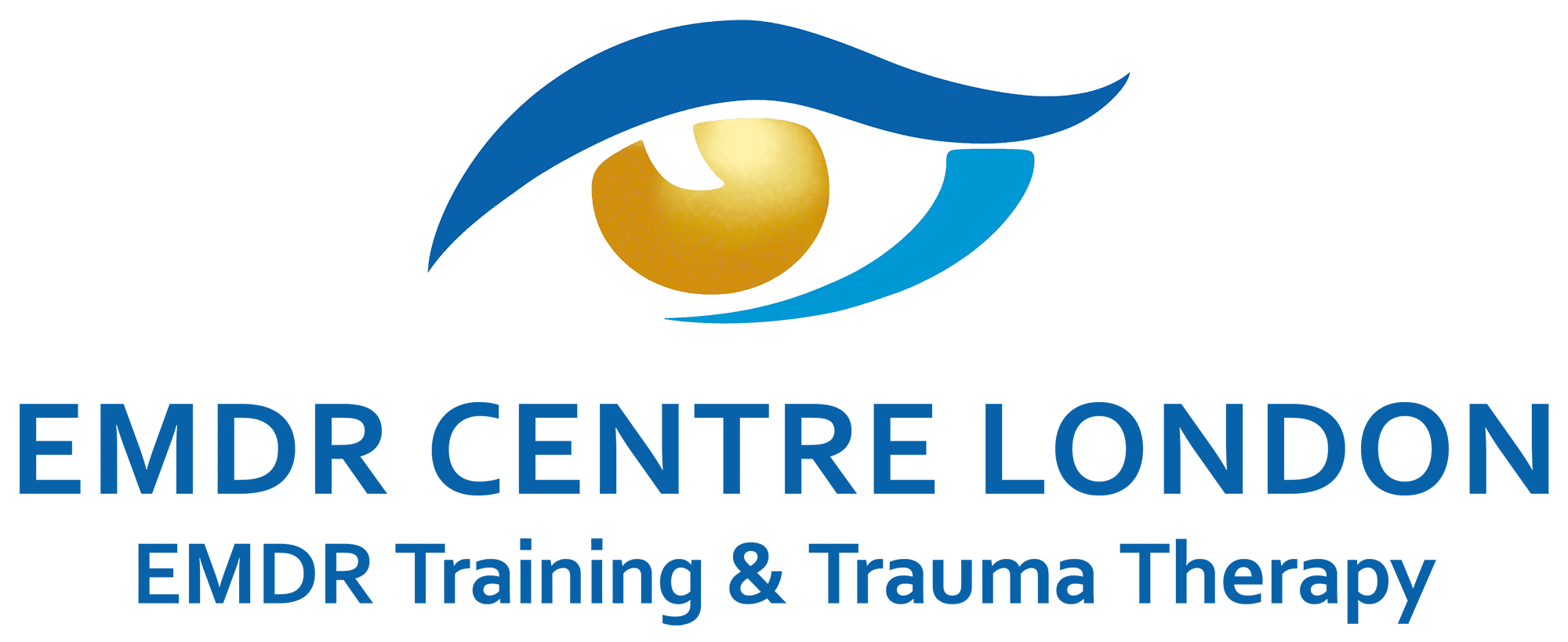EMDR influences the neural pathways in the brain. Through bilateral stimulation both brain hemispheres are activated and synchronised in relation to a traumatic event.
Traumatic experiences are anchored in a blocked or inadequately integrated memory network in the brain. The memories of those events are stored as they were experienced at the time of the event, “frozen in time”, so to speak.
EMDR aims to reprocess these “frozen” memories with the goal of noticeable and visible relief on a physical, emotional and sensory level. EMDR is an active and intensive 8-stage process, supported by therapy, and can last several sessions. A client’s traumatic event is targeted and worked through in individual steps.
Clients are asked to assume an observing role. Their attention is partly focussed on external sensory stimuli (bilateral stimulation); at the same time, the patient also partly concentrates internally, focussing on the traumatic event. The observing role creates emotional distance between the client and the experience and facilitates a cognitive and emotional re-evaluation.
Alongside guided eye movements, acoustic and tactile stimulation are also employed to increase the efficacy of the work by combining multiple senses.
EMDR, together with drawing on a clients internal resources, causes neural changes and in doing so initiates development and self-healing processes. EMDR not only facilitates an accelerated processing of traumatic memory fragments, but also allows cognitive restructuring, e.g. a re-evaluation of the experience, as well as a changed attitude regarding oneself and one’s own resources.

 Follow us on Instagram
Follow us on Instagram